Beyond the blossom: visiting Japan out of season
by Andrew
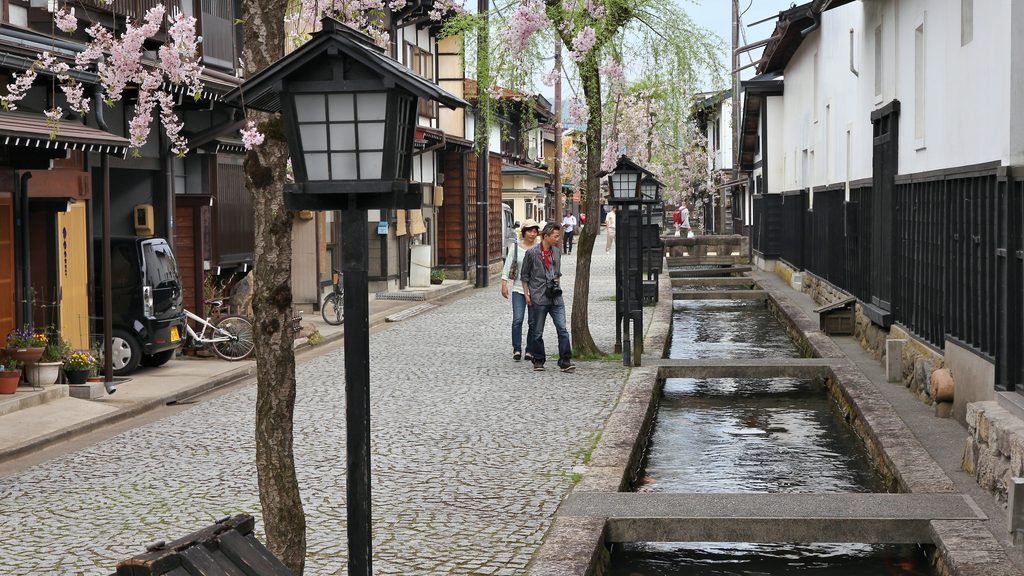
Japan is, hands down, one of the most remarkable places to visit in Asia, with everything from its diverse culture to its dizzying variety of cuisine keeping us coming back for more.
The only downside to Japan’s enduring global popularity, and thriving domestic tourism market, is that its peak seasons have become somewhat saturated. Travelling outside of the busiest periods is now an absolute must if you want to see the best of the country.
We asked our Japan Specialist, Andrew, for his expert insight into getting the most from travelling to Japan out of peak season.
When are the peak tourism seasons in Japan?
There are two very distinct and classic peak seasons in Japan. The first is cherry blossom season which runs, broadly speaking, from the second half of March until the middle of April. This goes beyond our usual understanding of peak and into ‘super-peak’ territory: it’s full on. The compounding factor is that, as well as attracting thousands of overseas visitors, cherry blossom season in Japan is hugely popular with the domestic market, and a lot of people travel the length and breadth of the country to see the blossom at its very best.
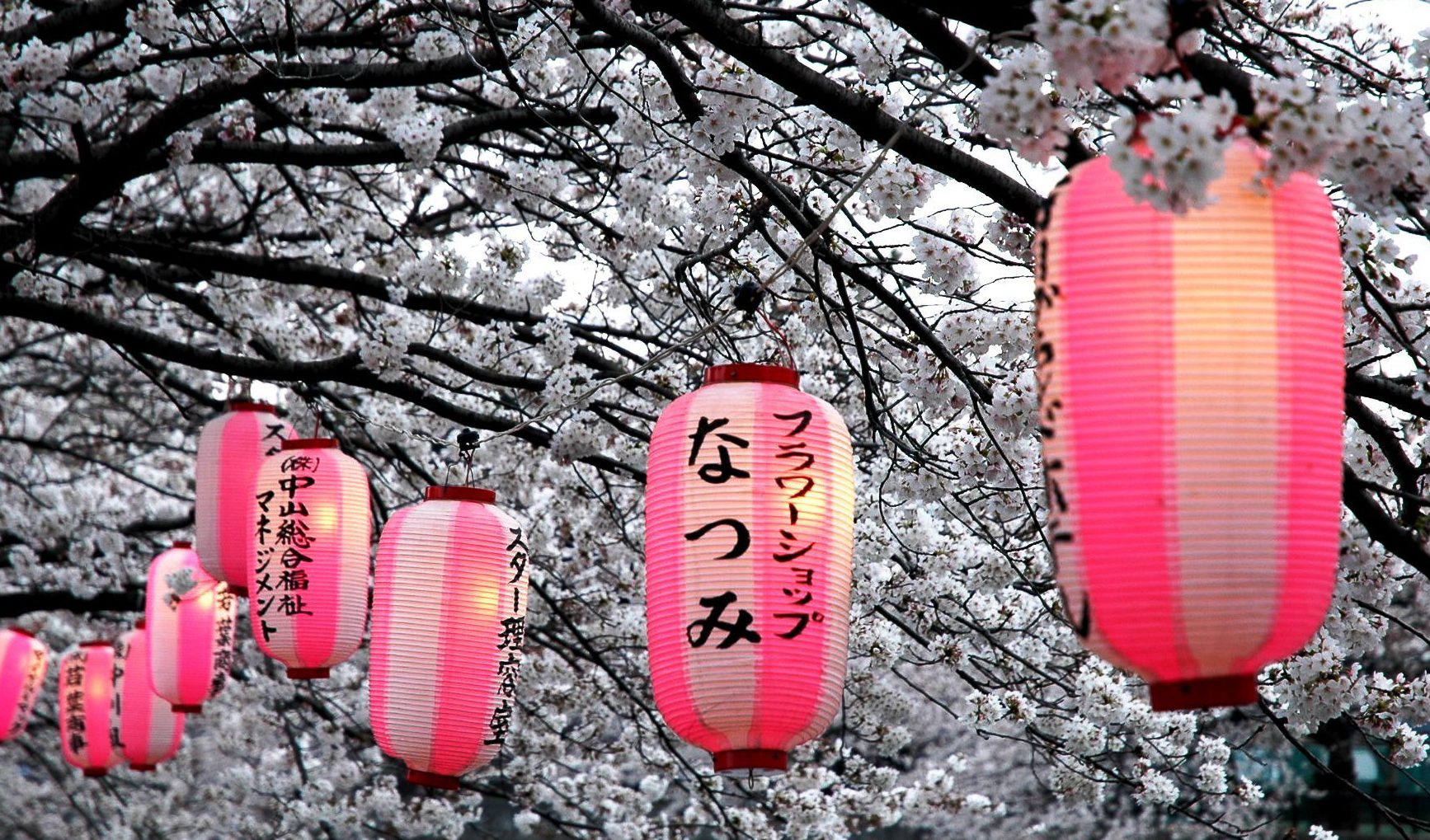
The other peak season in Japan runs from mid-October to early November, when the countryside is transformed by riotous autumnal foliage, and a similar flurry of visitors rush to see the beautiful sunset hues.
Why is peak season in Japan worth avoiding?
We recommend travelling everywhere in shoulder season - or completely out of season if possible - as it’s a great time to see most countries, but in Japan this is even more pressing. The demand on the country’s infrastructure is ludicrously high during peak months, with everything from accommodation to food quickly becoming oversubscribed and costly. The last few years have seen periods of total unavailability happening very quickly, and travellers having to make big compromises on exactly where and when they stay. If you have your heart set on visiting Japan during peak season, it’s crucial to book as far in advance as you can, ideally up to 10-11 months before you plan to travel.
The seasonal changes are less predictable now than they once were, and the blossom often peaks earlier or later than expected, which makes it hard to guarantee that your trip will coincide with the best blooms. Given the overtourism and increased cost, it’s worth considering whether your experience could be more enjoyable just a few weeks either side of the peak, or even at a whole different point in the year?
What are the advantages of travelling to Japan outside of peak season?
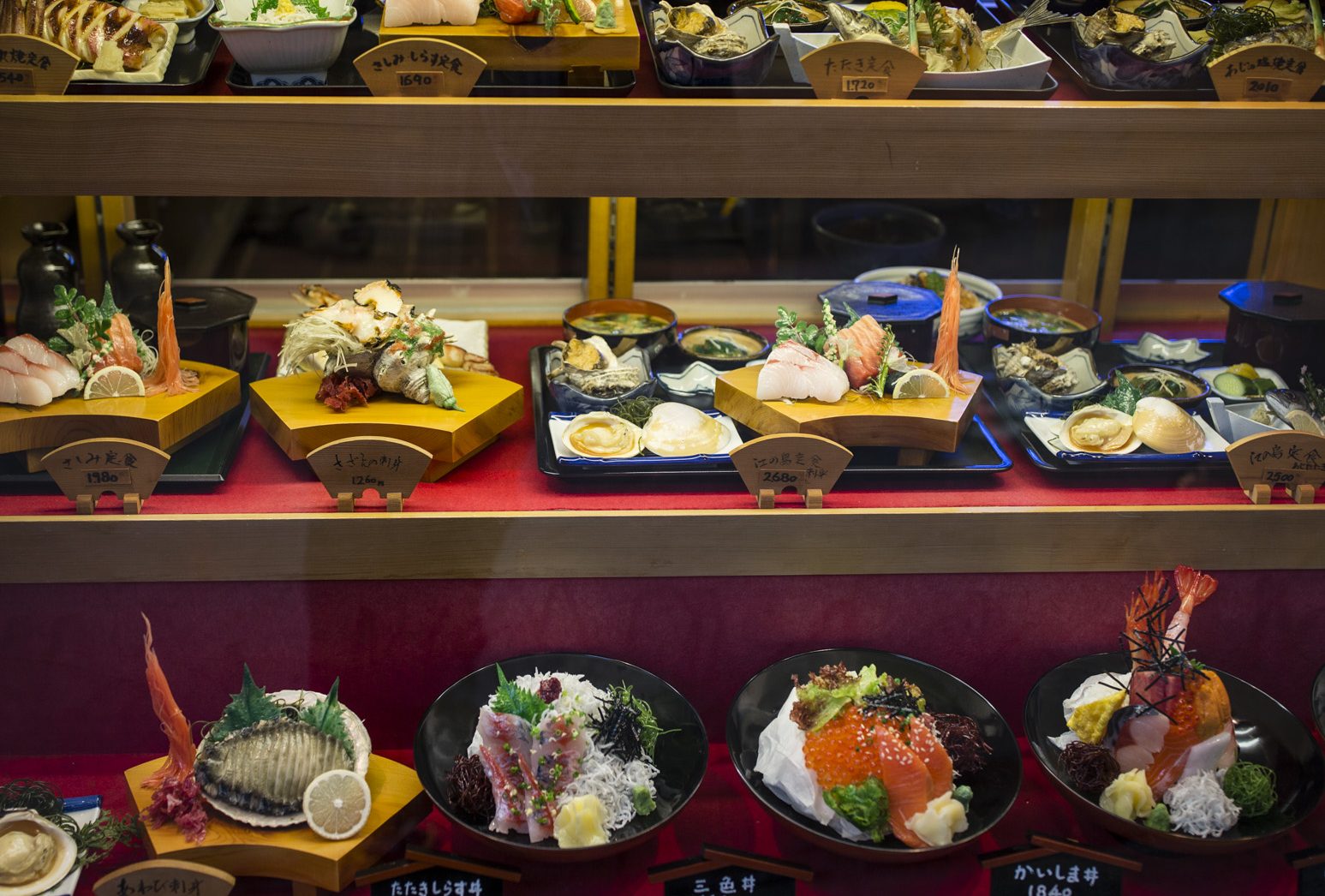
Japan is a ‘book early’ destination at all times of year, and planning ahead always gives you the biggest choice, but travelling out of season brings a much wider choice of accommodation, better value and far fewer crowds. Overtourism never feels fun, so avoiding that whenever possible is a big priority. When places get crowded, everyone can feel a little testy, so being a tourist out of season is definitely more relaxed.
There are great reasons to travel during every season, so if you’re flexible with your dates there’s always a highlight to discover. For example, you get very different types of cuisine in Japan depending on the time of year. During the winter months, you can enjoy a wide range of incredible fresh seafood and shellfish which just isn’t available at other times of year.
Many out of season dates, especially during December, January and February, are also great times to visit much of the rest of Asia. If you’re prepared to pack for two seasons, you can have a really memorable dual-centre trip, combining sun and snow in one!
Which out of season dates are best for travelling to Japan?
January & February
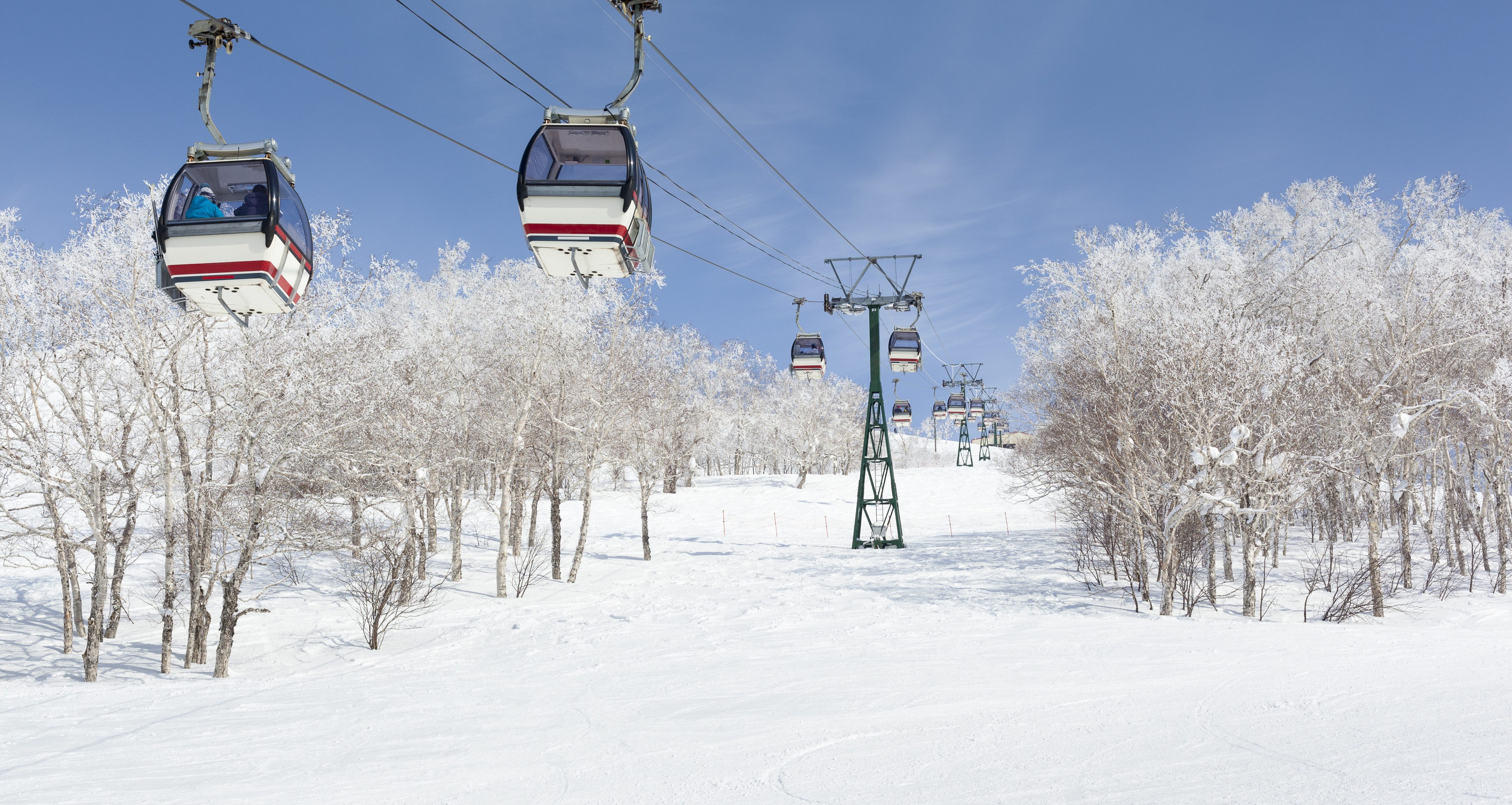
January and February are ultra-low season in Japan. It’s absolutely freezing, so full winter wear is required, but Japan’s winters are usually sunny and dry with big, crisp-blue skies. Gems like Hokkaido are potentially at their most beautiful during the winter - ice sculpture festivals, snowscapes and full-throttle winter magic. Stay in a mountain ryokan, where the snow creates a proper winter wonderland. Head to a rotenburo - an outdoor onsen - to unwind in piping hot water with the snow piled up around you and flakes falling on your face, followed by a gorgeous homely meal. It’s pretty special.
The temples are at their most atmospheric during the winter, ski season is in full swing (so it's a great time for hitting Japan’s slopes, if that’s your passion) and you never have to worry about the trains being stumped by the snow - they run smoothly in all weathers.
May & June
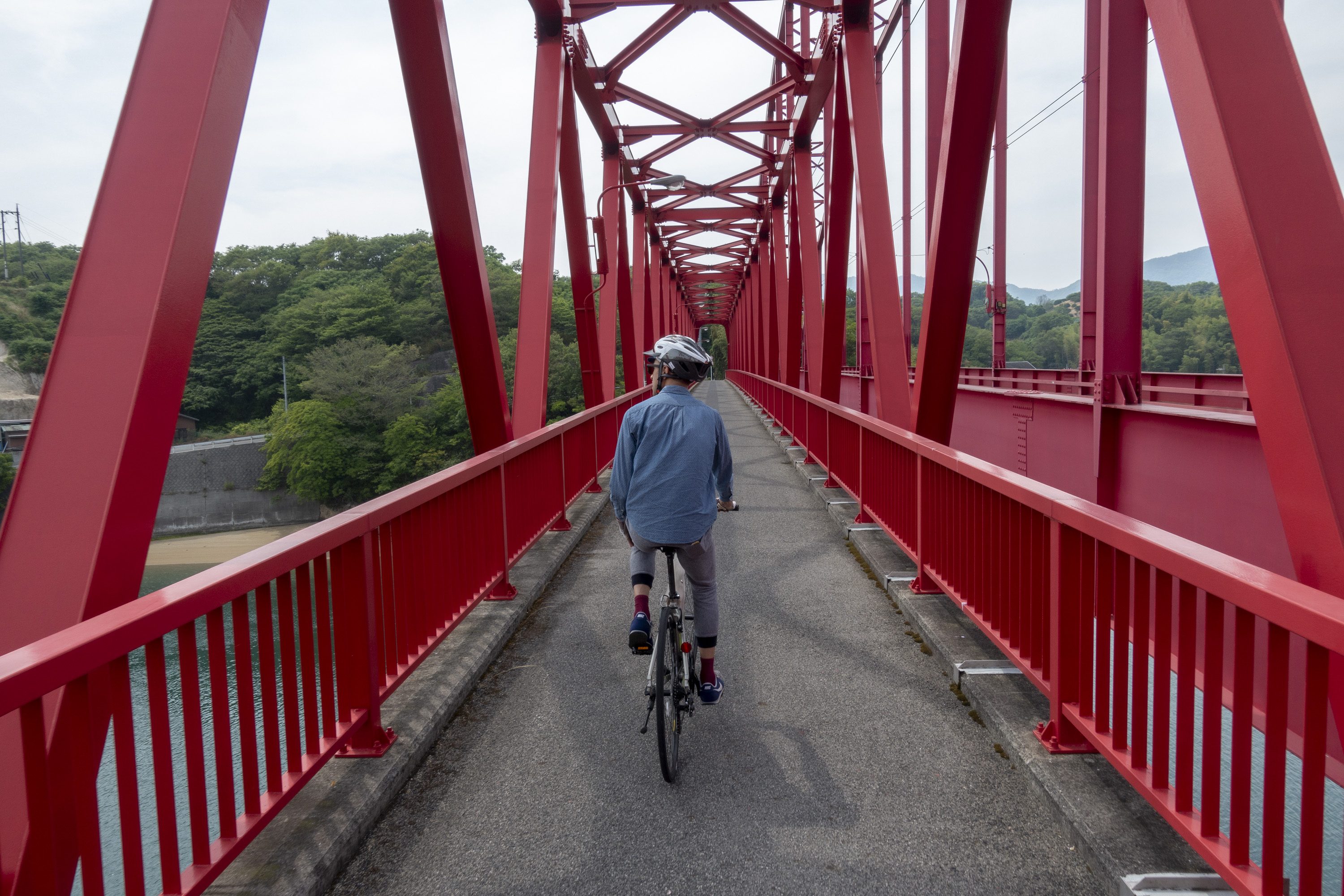
May is one of my favourite months for travelling to Japan. As long as you avoid Golden Week at the start of the month, everyone in-country is at school and at work during May, so there are far fewer domestic tourists vying for the same services you are. The weather is pretty mild to the point where you might be wearing shorts and a t-shirt, but it won’t get too hot. The only peril is hay fever!
June is sometimes seen as a ‘no go’ month in Japan, because it’s officially the rainy season, but it’s actually a very clever time to visit. It may be a little bit more rainy on average, but you could easily have wall-to-wall sunshine for the whole month, and you’re very unlikely to have constant downpours that stop play. Japan is not a tropical country, so it won’t be monsoons!
May and June are also wonderful months for hiking and walking in Japan’s countryside, and there are many beautiful trails to follow, from cycling the Shimanami Kaido trail to tackling a section or two of the Kumano Kodo.
July, August & September
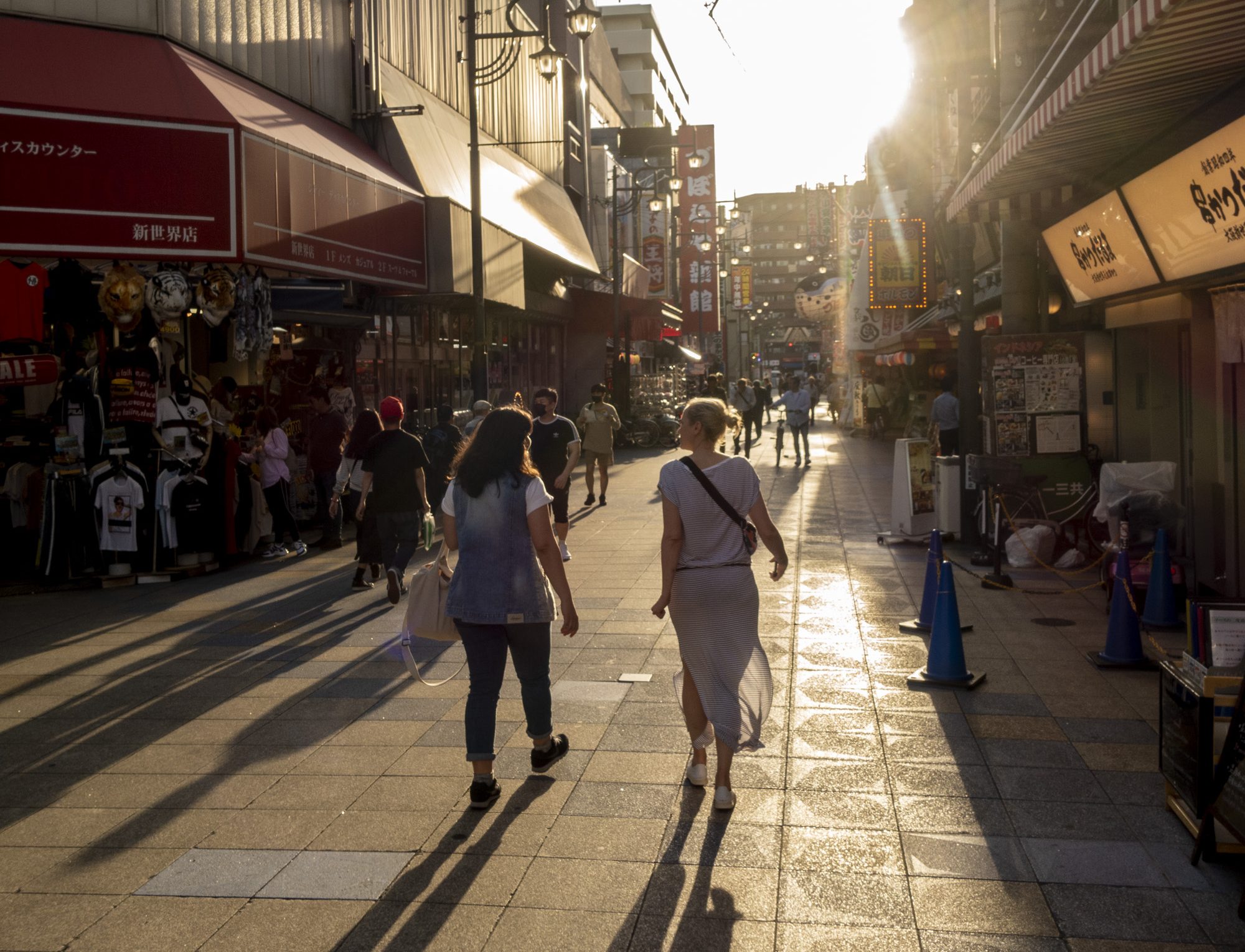
July, August and early September coincide with the Japanese school holidays and a much higher rate of domestic tourism, very much the same as in the UK. The heat during these months can be absolutely relentless and very difficult to cope with. It’s hard to describe just how hot it feels - Australians I’ve spoken to say Japan is the hottest country they’ve ever visited! These months are also typhoon season which, although Japan is very well set up to deal with them, can stop your holiday fun in its tracks for 4-5 days.
With all that in mind, I still love summer in Japan, because the atmosphere is electric; it just tingles. By the time the midday heat has subsided and evening comes around, the barbecues and chilled beers come out and everything feels celebratory. The matsuri festivals get into their swing, everyone is more casual and laid back, and the summertime hanabi firework displays are spectacular. Even though most hotels in Japan don’t have pools to cool off in, you’re in the land of air conditioning so can always escape indoors - just don’t plan on going for a run in the afternoon!
The Okinawan archipelago is beautiful in the summer, too, and great for families. Despite the occasional typhoons, it’s a fabulous sub-tropical destination, 1,300 miles south of Tokyo, which feels almost like a different country.
December
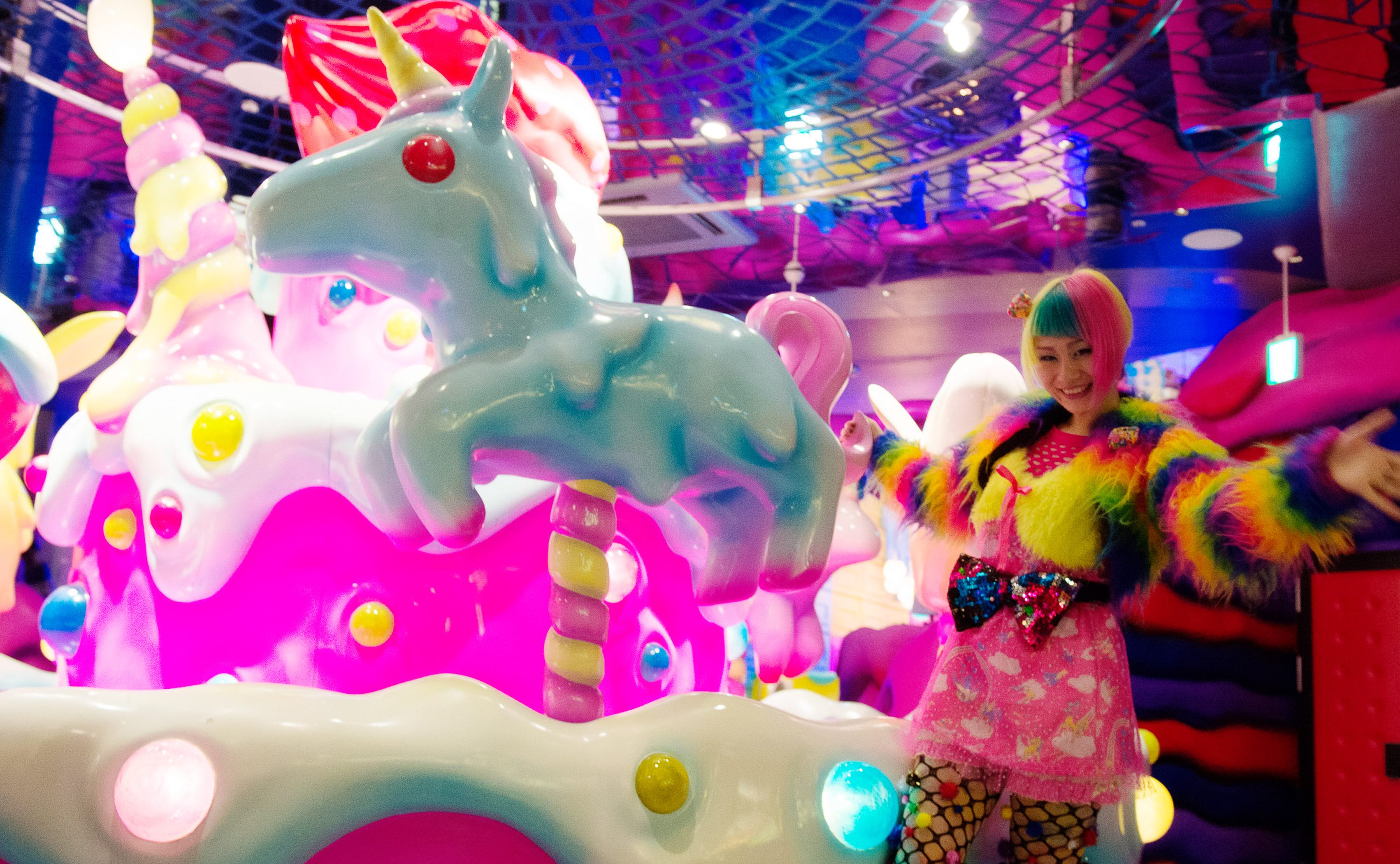
December in Japan is a real highlight for me, and the first couple of weeks of the month are a slow wind-down as the country gears up for Christmas. The festive season is huge in Japan; it’s just as flamboyant as you would imagine and a lot of fun, making it an especially great time for a family holiday. Although the weather is definitely wintery, it’s nowhere near as cold as it gets in January and February, so getting out and about is easier and more relaxed (but do bring your big coat!).
Speak to one of our Japan Specialists on +44 (0)1273 670 001, or send us your enquiry.
by Andrew on 27th May 2024